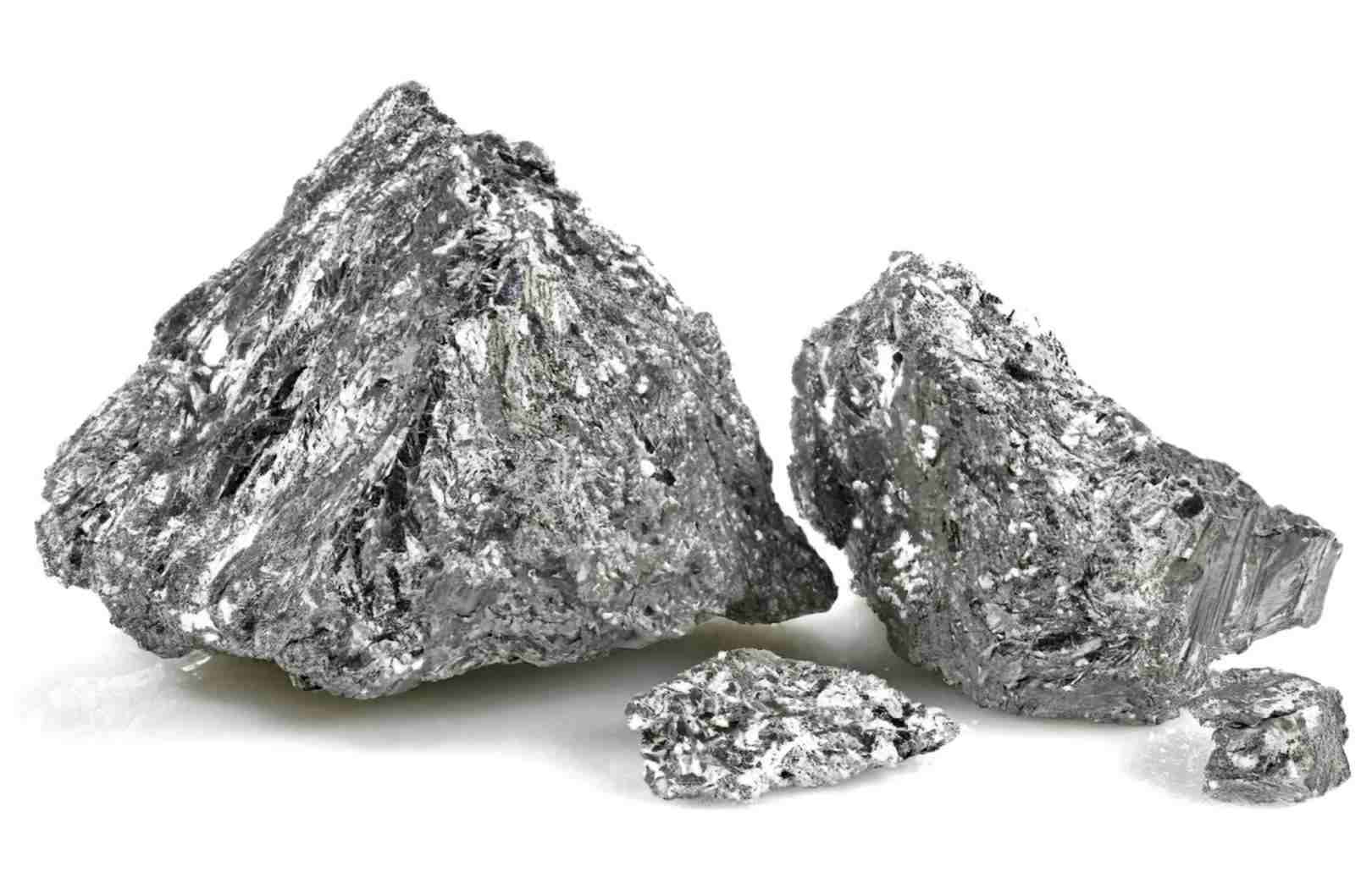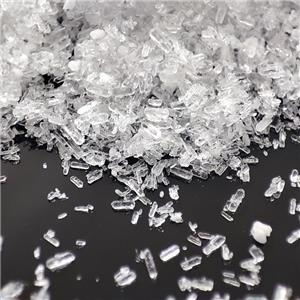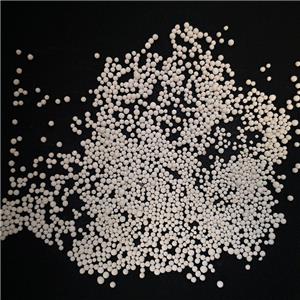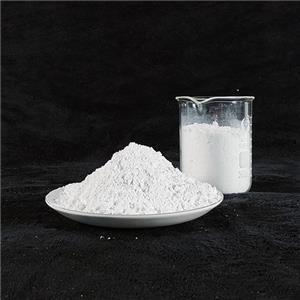What are the most common uses of antimony?
In the periodic table, antimony (chemical symbol Sb) may not be as glittering as gold and silver, nor as well-known as iron and copper. However, this slightly bluish, silvery-white metal is an indispensable "unsung hero" in modern industry. It has unique properties and is rarely used alone, but as an alloying additive and chemical raw material, its presence is felt in every corner of everything from safety facilities to high-tech products. So, in which areas is antimony most commonly used?
Core Application: Flame Retardant
Undoubtedly, antimony's greatest use is as a flame retardant.
This doesn't mean that antimony alone has a strong fire-extinguishing ability, but rather that when it works synergistically with halogenated flame retardants (such as bromine and chlorine), it produces a remarkable "1+1>2" effect. Halogenated flame retardants and antimony trioxide (Sb₂O₃) are added to polymer materials such as plastics, textiles, rubber, and electronic product casings.
When the material is exposed to fire, antimony compounds react with halogens to form volatile antimony halides. These gases can capture large amounts of free radicals that promote combustion, forming a dense protective layer that isolates oxygen and effectively reduces flame temperature, thus greatly delaying or even preventing the spread of fire. Because of this crucial role, more than half of the world's antimony consumption is used to manufacture flame retardants, protecting our homes, vehicles, and electronic devices.
Key Role: Alloy Hardener
This is another long-standing and vital application of antimony. Pure lead is soft and has poor mechanical strength, limiting its use. However, adding only a small amount (usually 2%-10%) of antimony can significantly improve the hardness, strength, and wear resistance of lead.
The primary application of this "lead-antimony alloy" is:
Lead-acid batteries: The lead-acid batteries widely used in our cars, electric vehicles, and backup power supplies have electrode grids made of lead-antimony alloy. The addition of antimony ensures that the grids maintain sufficient structural strength during charge-discharge chemical cycles, preventing deformation and extending battery life.
Solder and Bearing Alloys: Lead-antimony alloys or tin-antimony alloys are used in certain solders and sliding bearings to achieve better mechanical properties.

High-Tech and Specialized Applications
Besides the two main applications mentioned above, antimony also demonstrates its value in several high-tech and specialized fields:
Polyethylene Terephthalate (PET) Production: Antimony trioxide is a highly efficient catalyst in the production of PET plastics (commonly used in beverage bottles and food packaging). Without it, the industrial production of PET would be extremely difficult.
Semiconductors and Infrared Detection: High-purity antimony is itself a semiconductor. It often combines with elements such as indium (In) and gallium (Ga) to form compound semiconductors such as indium antimonide (InSb) and gallium antimonide (GaSb), which are widely used in infrared detectors, thermal imagers, and high-speed electronic equipment.
Clarifying Agents and Pigments: Antimony trioxide was once widely used as a clarifying agent for glass, effectively removing bubbles from molten glass. In addition, antimonates can be used as yellow pigments for coloring paints, plastics, and ceramics.
The Shadow Behind the Glamour
Despite its wide range of uses, antimony also carries environmental and health risks. Antimony and its compounds are considered toxic substances, and long-term exposure can damage the respiratory system, skin, and heart. Therefore, strict recycling and management systems are needed when handling antimony-containing products (such as used batteries and electronic waste) to prevent harm to the environment and human health.
Summary
In conclusion, if we were to summarize the most common uses of antimony in one sentence, it would be: it is a key synergist in flame retardants and an indispensable alloying hardener in lead-acid batteries. From fire-resistant materials that ensure our daily safety to batteries that power vehicles, and infrared detection in high-tech fields, antimony, with its unique and powerful functions, silently supports the operation of modern civilization, truly deserving the title of "industrial vitamins."




